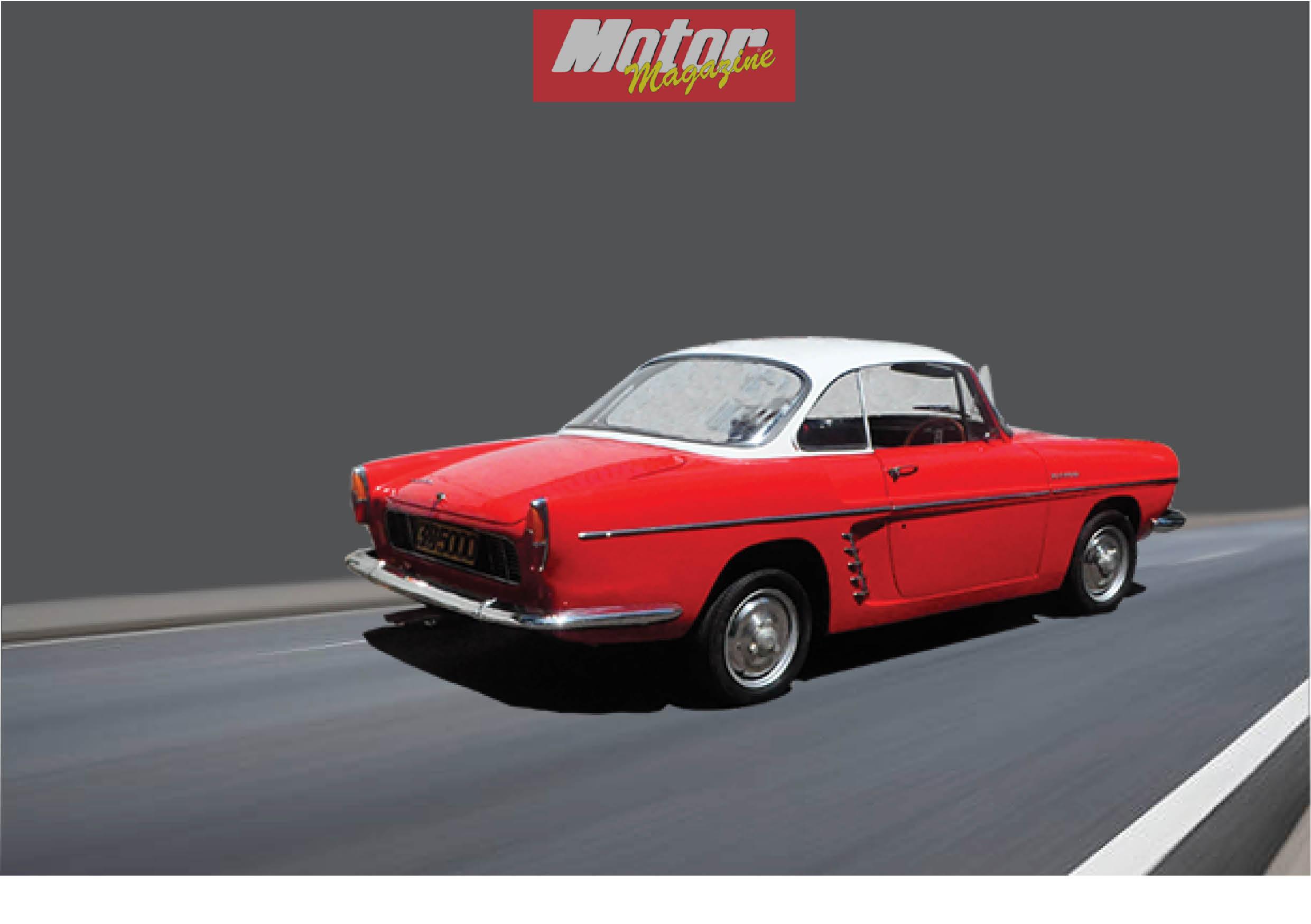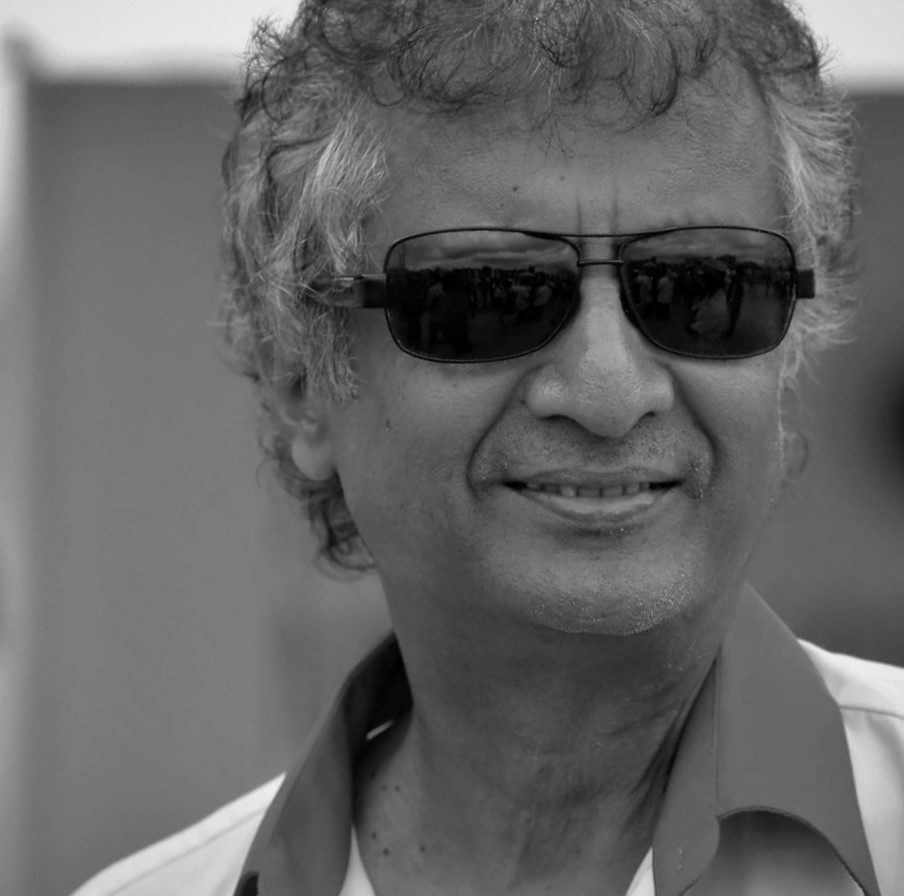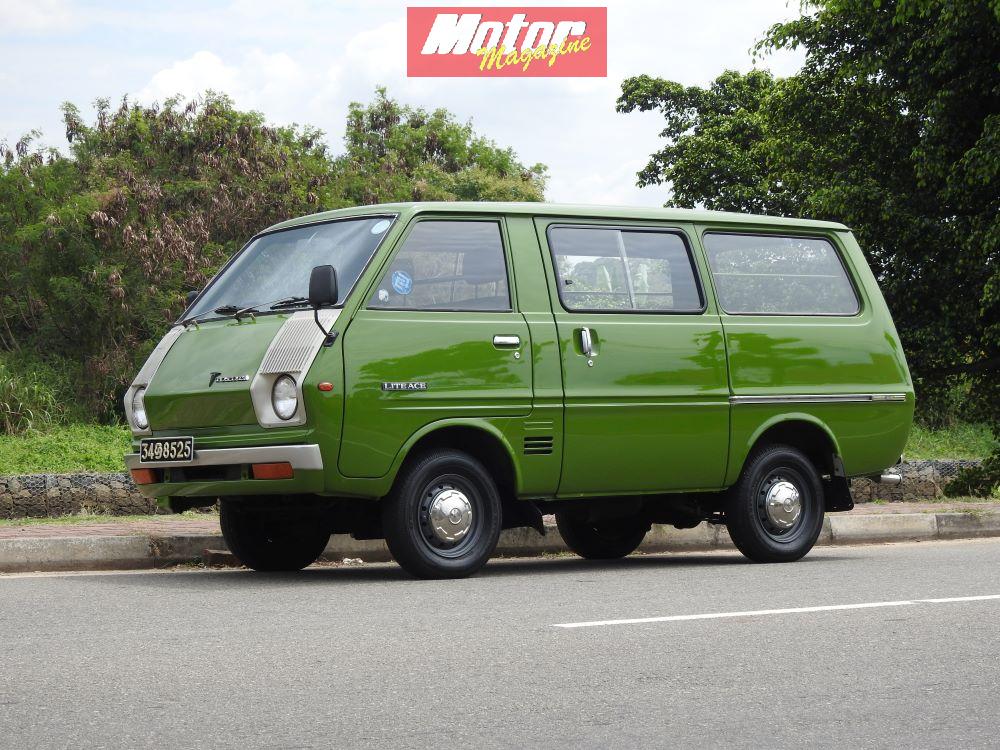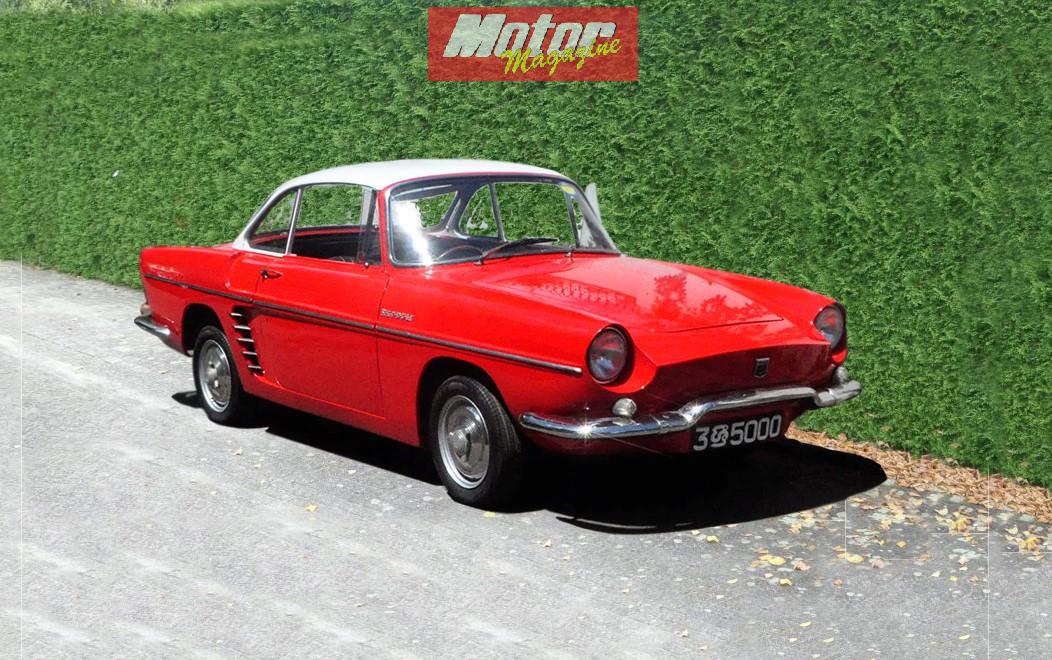
The Renault Caravelle was manufactured and marketed by Renault for model years 1958–1968 in a single generation — as a rear-engine, rear-drive open two/four-seater designed by Pietro Frua of Carrozzeria Ghia, using the floorpan and engine of the Renault Dauphine. Outside of North America and Britain it was - until 1962 - marketed under the nameplate Renault Floride.
Renault was envious of the growing success in North America of the Volkswagen Bug/Beetle and was looking for ways to match the Volkswagen's success with their own Renault Dauphine. At a convention of North American distributors that took place in Florida, Renault's US dealers called for the creation of a Dauphine coupé/cabriolet which would improve Renault's image in the critical US market. Renault's chairman, Pierre Dreyfus, agreed, and since the concept had been born at a convention in Florida the car instantly became known within the company as the "Renault Floride". The Floride name was considered unsuitable for 49 of the 50 states of the U.S., however, since it could have implied disrespect to states other than Florida. For this reason an alternative name, "Caravelle", was from the start used for North America and for other major markets (including the UK) where the principal language was English.
The
Floride was unveiled at the 1958 Paris Motor Show. The small rear-engined design
used the floorpan and engine of the Renault Dauphine sedan. It was launched in the
United States and Canada as the Renault Caravelle a year after its introduction
in Europe.
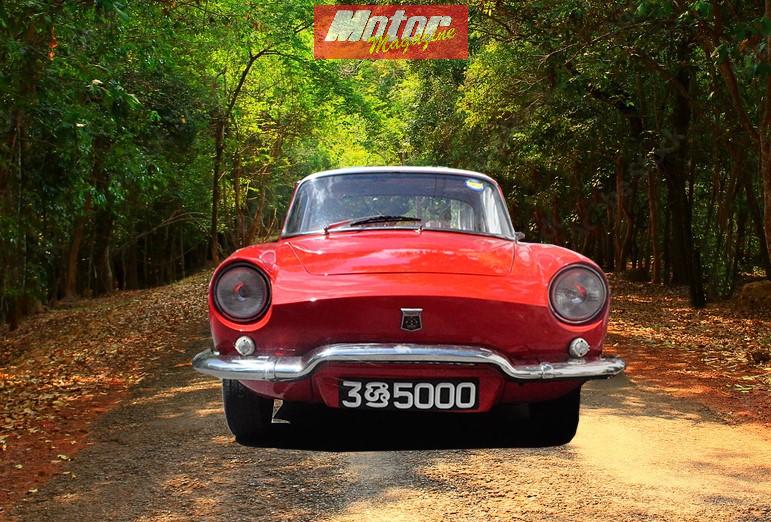
At launch the Floride, like the Dauphine on which it was based, came with an 845 cc (51.6 cu in) four-cylinder water-cooled engine mounted at the back of the car. However, the power unit on the Floride was fed using a Solex 32 mm carburetor as against the 28 mm diameter of the Solex carburetor on the Dauphine. The Florides making their French show debut on the stand at the 1958 Paris Motor Show came with a claimed power output of 37 hp. By the time deliveries commenced, in early summer 1959, it was also possible for customers to specify a performance version, engineered by Amédée Gordini, which produced 40 hp by means of various modifications to the inlet manifold and camshaft, and a compression ratio raised from 7.6:1 to 8.0:1.
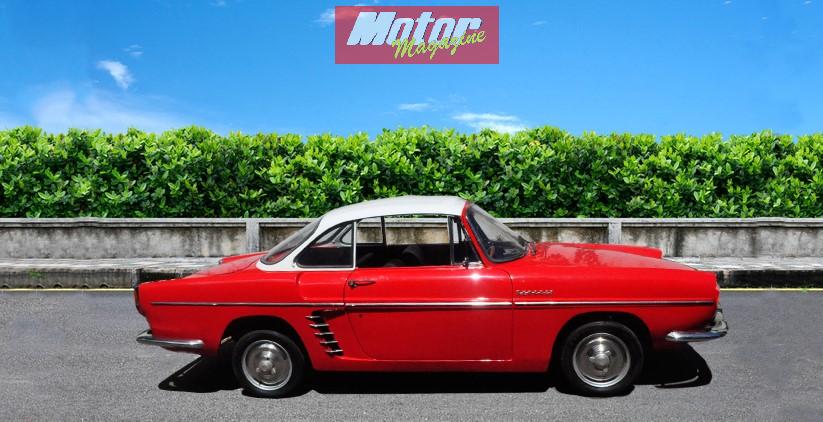
Power was delivered to the rear wheels via a three-speed manual transmission with synchromesh on the upper two ratios. For a supplement of 200 New Francs customers could instead specify a four-speed transmission on the slightly heavier coupé version of the car. Having regard to the car's power-to-weight ratio most customers chose to pay extra for the four speed gear box.
Although
designed by Frua of Italy, the car's body was constructed locally in France, by
the automobile body maker Société des usines
Chausson, based in Asnières-sur-Seine at the
northern edge of Paris, and known in France as the producer of many of the school bus bodies used for transporting
children in country areas.
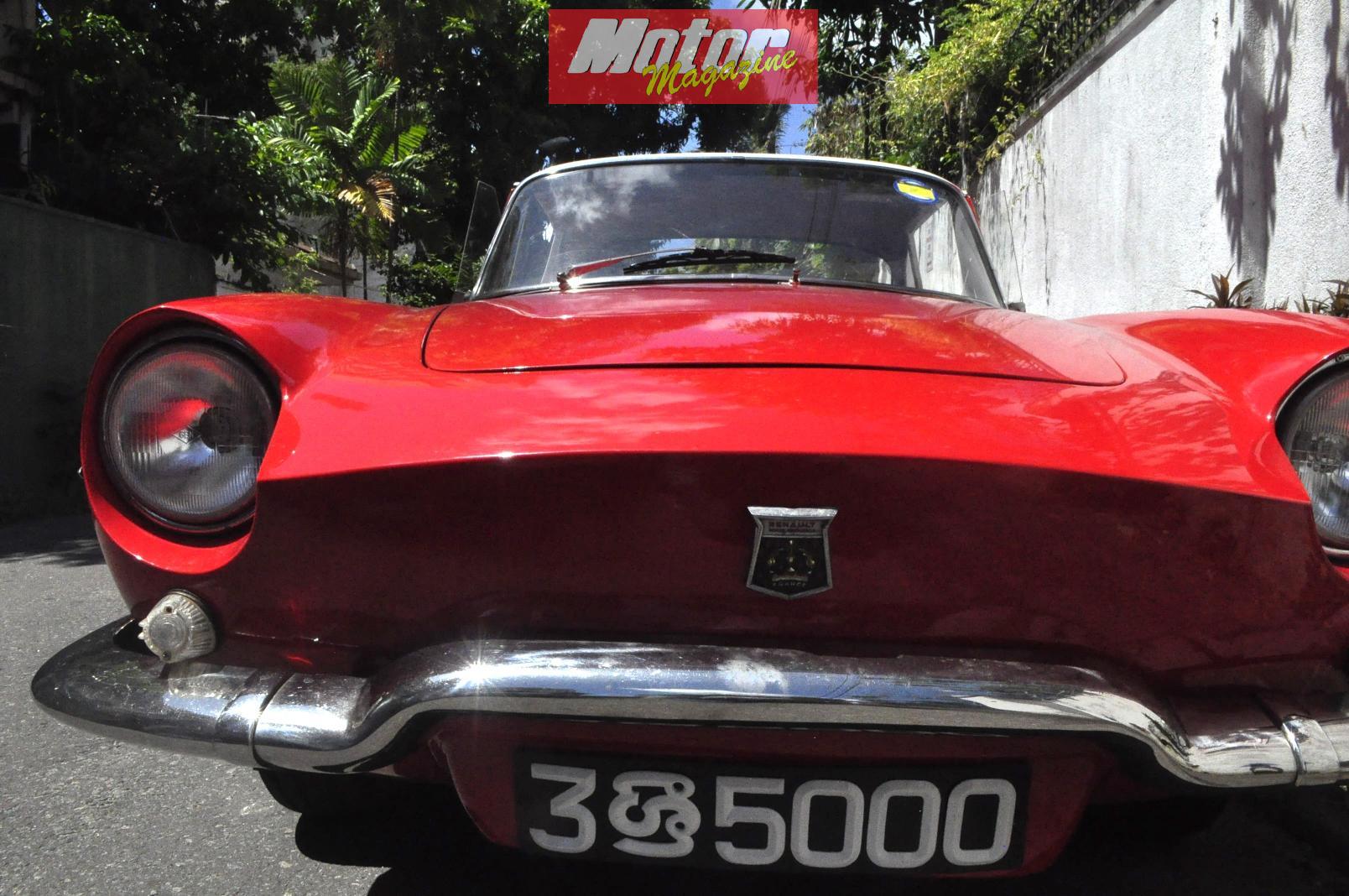
In October 1959, ready for the 1960 model year, the Floride, along with the Renault Dauphine, appeared with significant suspension improvements. The new suspension was conceived by the by now almost legendary automotive engineer Jean-Albert Grégoire and baptised by Renault "Suspension Aérostable", being intended to improve the car's ride and road holding. The addition of extra rubber springs at the front reduced roll and auxiliary air spring units (mounted inboard of the conventional coils) at the rear gave the rear wheels a small degree of negative camber and increased cornering grip.
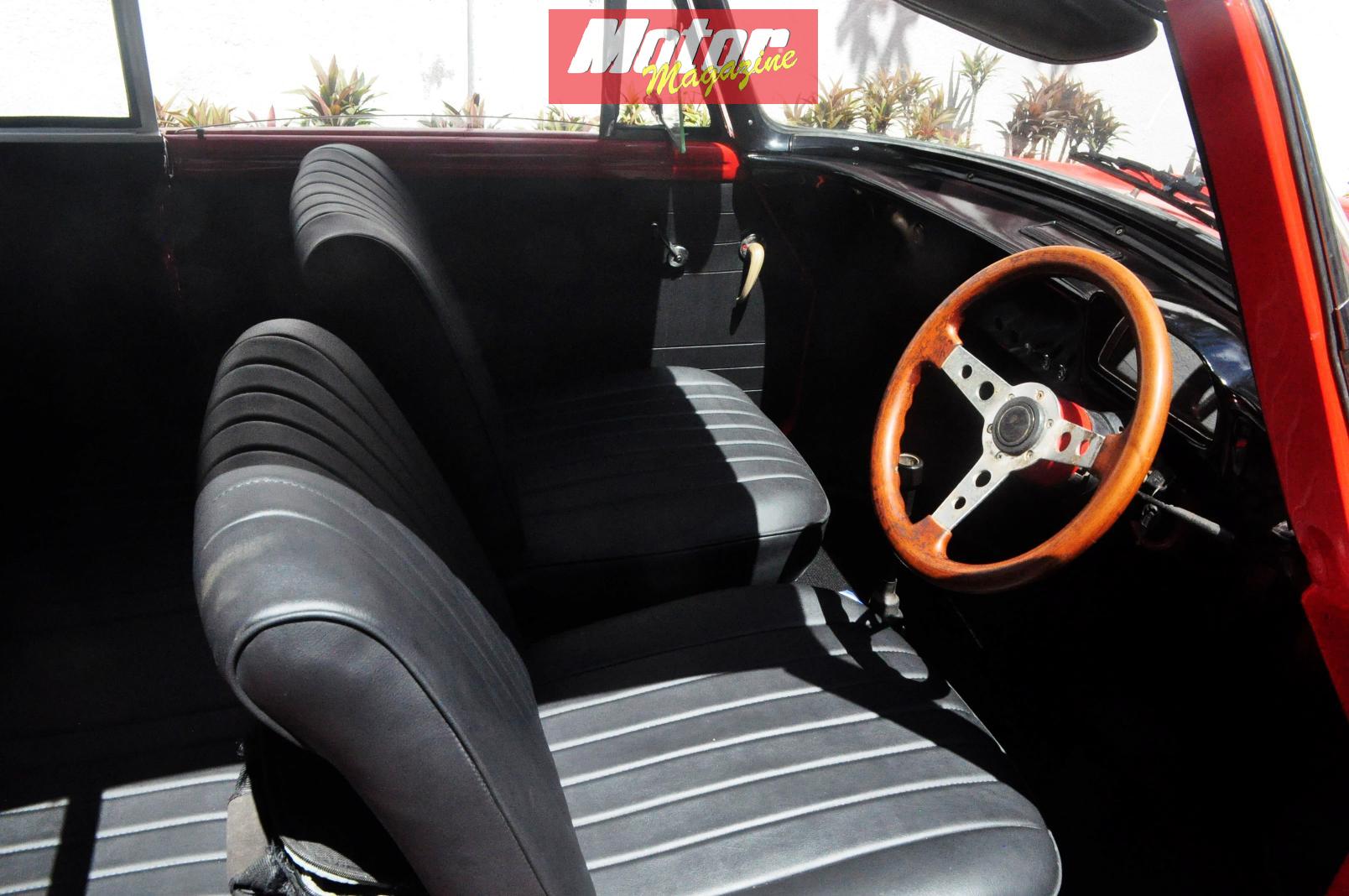
In March 1962, the Caravelle received a new 956 cc engine that would be also used by the new Renault 8 from June. Although the new "Sierra" series five-bearing engine shared no components with the existing 845 cc Dauphine engine, it was conceptually very similar: the engine size was chosen in order to come in (slightly) below the top of the 5CV car tax band in France. It had a sealed cooling system as well as a new front suspension, new rear geometry, new steering, and a new gear linkage. Moving the radiator behind the engine also freed up an extra 12 cm of space behind the front seat. Maximum power output increased to 48 hp. Four-speed transmission, already included in the price at no extra cost on some export markets, now came as part of the standard with the new engine even for French buyers, although bottom gear still made do without synchromesh. The upgraded cars, first presented at the 1962 Geneva Motor Show, now featured disc brakes on all four wheels: the Floride was the first French volume car to benefit from this enhancement which also reduced unsprung weight by approximately 6 kg. The Caravelle name also replaced the Floride name in all markets from 1962 onwards.
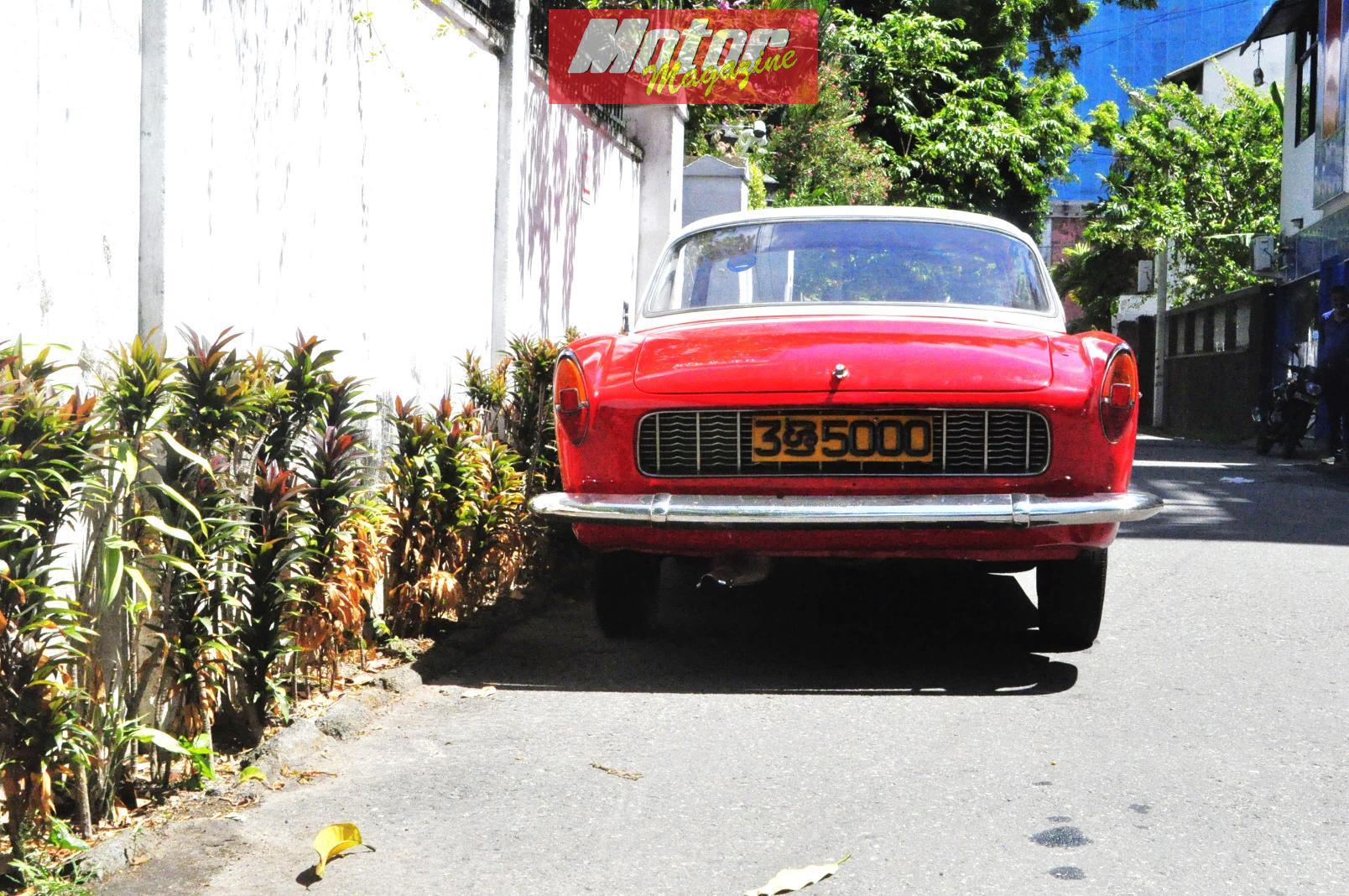
In 1964, another R8-derived engine of 1108 cc was introduced to the Caravelle, producing 55 hp. The Caravelle's performance closely matched that of the contemporary Triumph Spitfire 4 under most headings, though the Spitfire was a couple of mph ahead on top speed. The British car market was still protected by tariffs at this time, but even allowing for that, the Renault looked expensive in this company: The Caravelle came with a UK recommended price of £1039 as against £666 for the Spitfire 4.
The
car featured here was used by a gentleman residing in the Anuradhapura area in
Sri Lanka for several years. It is a 1962 model car with the four speed
gearbox. When the current owner – who prefers to remain anonymous - acquired it
several months ago, the car was mostly intact and in running condition. It has
proved to be a pleasure to drive, and is seen regularly at Classic Car events
in the country.
